Africa Agriculture facts (World Bank Report)
Use of modern inputs remains low.
Access to credit is limited.
Labour productivity in agriculture is low.
Women perform the bulk of agriculture task.
Seasonality continues to permeates rural livelihood.
Post harvest losses are large.
land is abundant and land markets are poorly developed.
The young are leaving agriculture.
Draught dominates Africa’s risk environment.
Household enterprises operate mainly in survival mode.

Please refer the map
Stagnation in African Agriculture
Decades ago the green revolution increased crop yields in India and other developing countries using fertilizer, irrigation, and improved seeds.But it never took root in Africa, where yields have barely risen since the 1960s.Less than 5 percent of arable land in sub-Saharan Africa is currently irrigated.
With modern farming techniques and programs to help farmers afford them, this potential breadbasket might not only feed itself but also export a surplus.
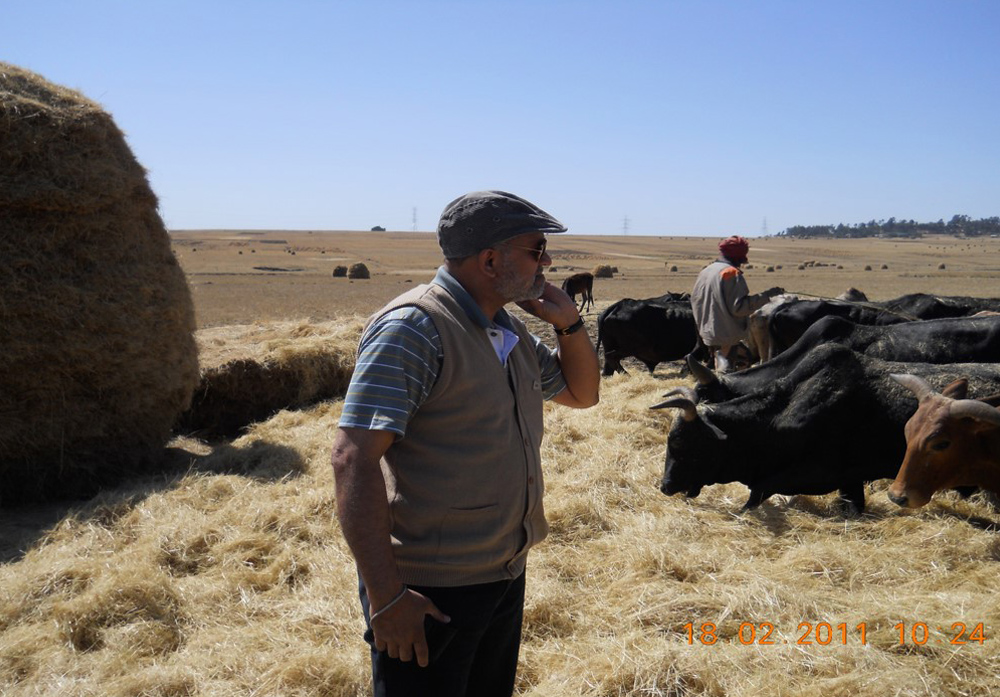
Fig-1
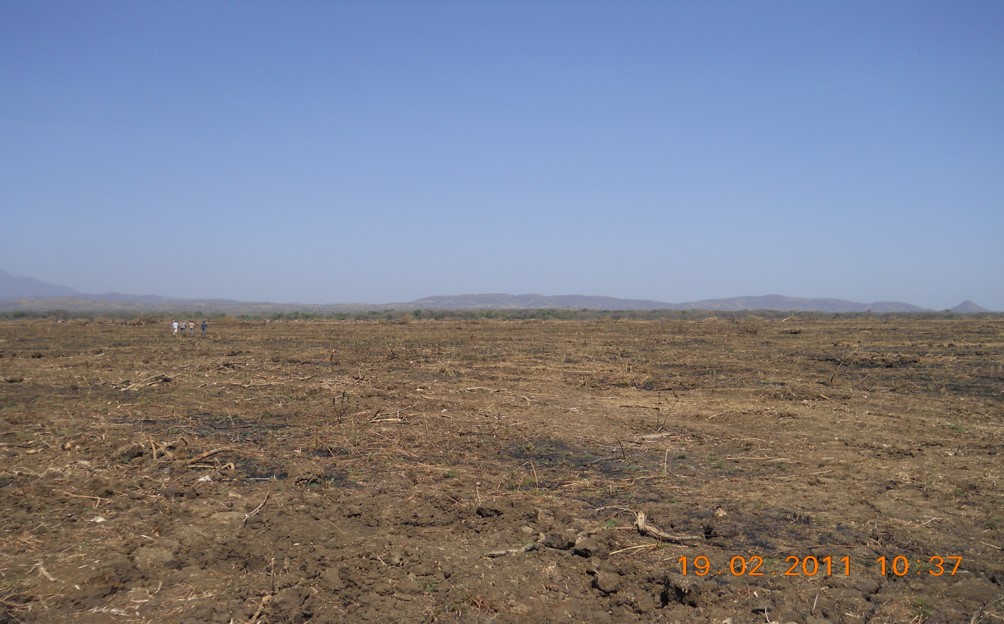
Fig-2
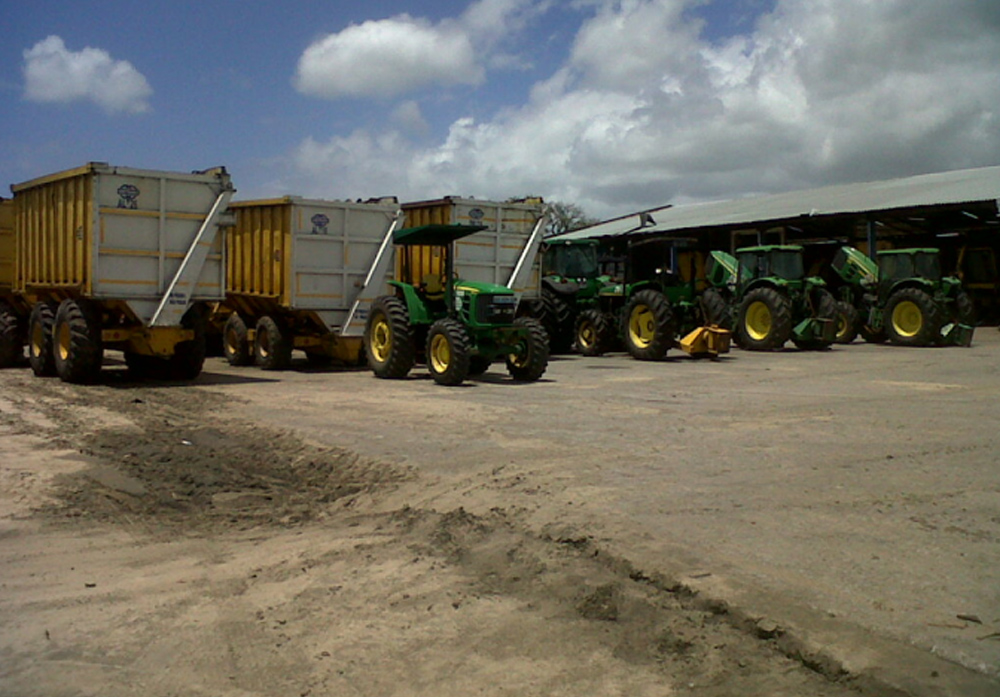
Fig-3
Africa – Which Educated & Inspired Me
It was a bright sunny day of October heat in 2009 at small town of Pachora, Maharashtra -India, where I was President (Business Head) of reputed seed company- Nirmal Seeds!!
I was engrossed in discussion with Managing Director and founder of company about expansion of business through international trade and investments.
During the discussions, I realized that Science and technology hold the key to develop high output agriculture.
The challenge is to use new technologies creatively for the benefit of farmers and to make evidence-based decisions on deployment of these technologies. India is the best example of using the technology of hybrids during “Green Revolution” and achieving a food surplus in 1990 from food scarcity in 1965.

Fig-1

Fig-2
Africa On Backdrop Of Indian Green Revolution
Seed is a fundamental yield enhancing input for sustained growth in farm production. It has been playing a vital role in the advancement of Indian agriculture since last four decades.In the world’s worst recorded food disaster that happened in 1943 in Eastern India known as Bengal famine, an estimated 4 million people died. At that time, the seed sector was not well developed. At the time of independence in 1947, the Indian population was around 350 million with a total grain output of just 51 million tons and today the population is more than 1.2 Billion with food production of more than 250 Million tonnes. Before 1960, farmers were using their own seed for multiplication and the area under certified seed production was less than 500 ha in 1962-1963.So, it was very crucial to mitigate the food demand and supply of the increasing population. I was tempted to relate the present African agriculture status with Indian agriculture during decade of 60, s.
Replicating Indian Model ?
Could India’s thriving seed sector play a similar role in delivering affordable, high-quality seeds to African farmers?
India shares some of the diverse agro-ecologies and crops found in Africa, so it is plausible that technologies and methods used by Indian farmers might also be relevant to African situations.
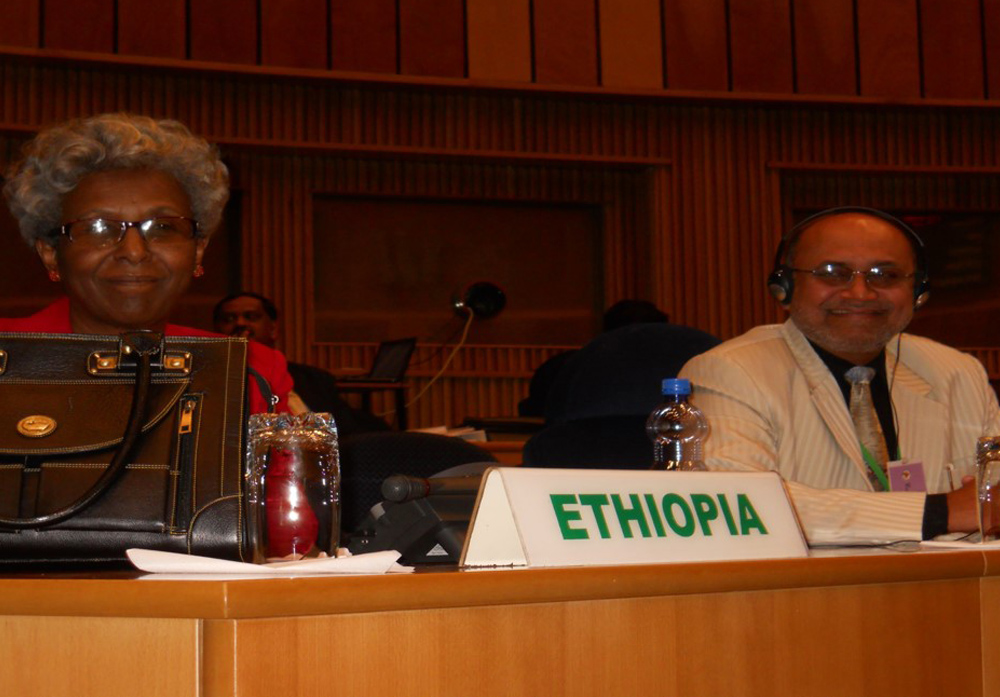
Fig-1

Fig-2
India’s development story, as an emerging economy with millions of its own small-scale cultivators, might indeed provide relevant knowledge, expertise and investments to help develop the seed sector in Africa – and thereby to support economic development, food security and poverty alleviation in that continent
This thought ignited an idea in my mind for replicating the Indian green revolution model on African soil through novel seeds system approach. It created the path for my foot prints on African soil till today.
Indian Agri-Business Sets Sights On Land In East Africa
Indian agribusiness companies are ready to spend $2.5bn buying, or renting for decades, several million hectares of cheap land in Ethiopia, Tanzania and Uganda in what could be some of the largest farming deals struck in Africa in the last 50 years.

Fig- Nirmal Seeds Office
Outsourcing Farming, The Indian Way
There are various factors driving the “outsourcing” of domestic food production in India. Primary among these are stagnation or drop in crop yield due to “Green Revolution Fatigue”, government’s concerns related to long term food security besides the allure of much cheaper land and more abundant water resources in African countries.

Fig- 1 – Waterfall
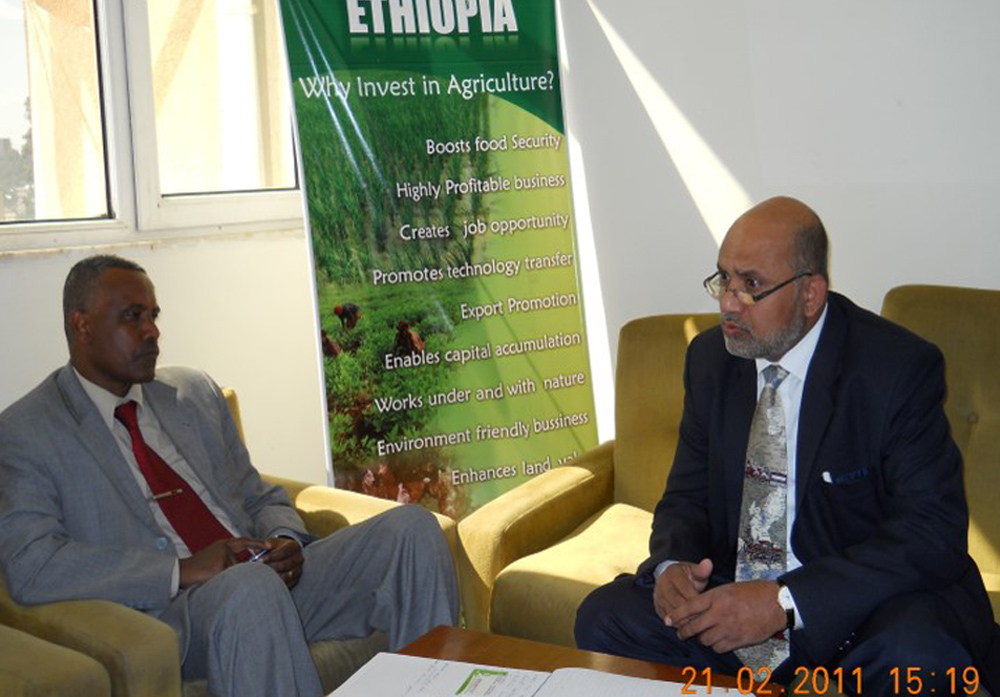
Fig- 2 Ethiopia- why invest in Agriculture?
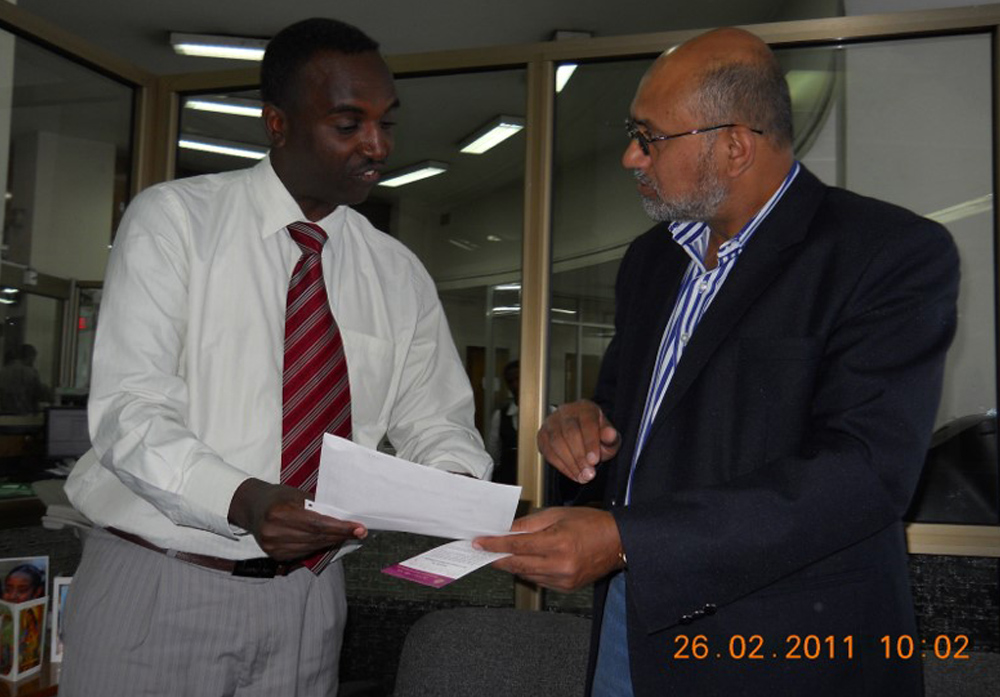
Fig- 3
The subsidies being offered by governments of African countries is another enticement. In many cases, the companies have been offered special incentives, including the offer to lease massive tracts of arable land at very generous terms (1 to 2USD per hectare /year)with access to water and the ability to fully repatriate the profits generated.
According to figures provided by governments of various East African countries in 2010, more than 80 Indian companies have invested around $ 2.4 billion in buying or leasing huge plantations in Ethiopia, Kenya, Madagascar, Senegal and Mozambique to grow food grains and other cash crops for the Indian market. The high input cost of farming is also driving these companies to explore Africa.
Africa – Indian Business Conclave (May 21, 2011)
I was struck by the irony of situation when at Lagos – Nigeria sleeping during month of January 2010 in luxurious hotel and thinking about my next day’s lecture.
Which was at ECOWAS (Economic community of west African states) meeting, organised by FICCI (Federation of Indian chambers of commerce and industry). The topic of my lecture was “Replicating Indian green revolution model on African soil”.

Fig- 1

Fig- 2
While I was going through my presentation and referring some articles from father of Indian green revolution Prof Swaminathan, I could realize that its big challenge to implement this ignited thought in my mind.
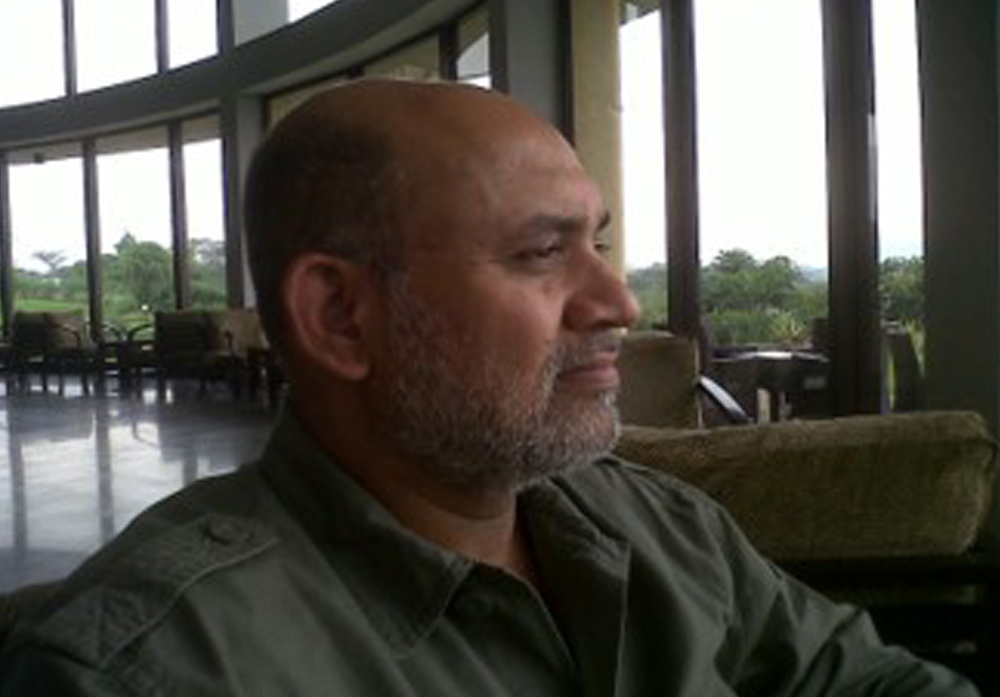
Fig- 1
On his receiving the Nobel Peace Prize in 1970 Dr Norman Borlaug was gracious enough to write:
“The green revolution has been a team effort and much of the credit for its spectacular development must go to Indian officials, organization, scientists and farmers. However, to you Dr. Swaminathan, a great deal of the credit must go for first recognising the potential value of Mexican dwarfs. Had this not occurred, it is quite possible that there would not have been green revolution in Asia”.
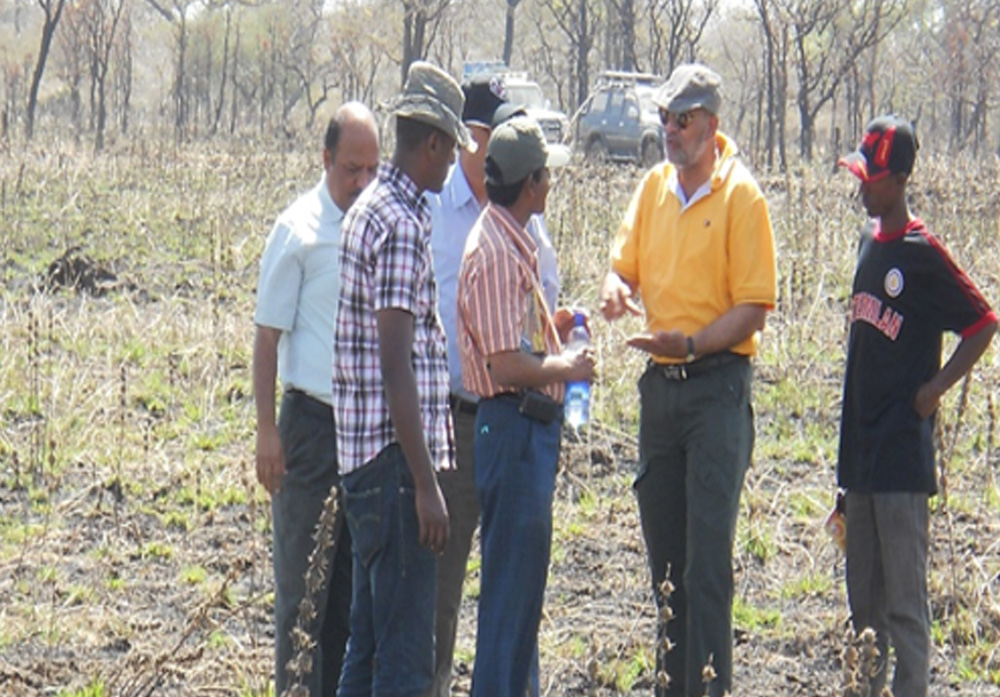
Fig- Discussion with stakeholders
Discussing with stakeholders about the potential of establishing Seeds Business in Ethiopia :
Thrust Areas for Seed Production.
Public production capacity.
Self-pollinating seed variety availability and adoption.
Role of the private sector to prove their potential.
The knowledge gained during the visit to Nigeria in 2010 created an excellent base for me to enter in eastern Africa specially focused in Ethiopia and Sudan for investment model in seeds enterprises of respective countries.
Ethiopian Institute of Agriculture research (EIAR) organised the international conference in June 2011 at Addis Ababa, aimed to address the key challenges and opportunities in the Ethiopian seed system for improved performance.
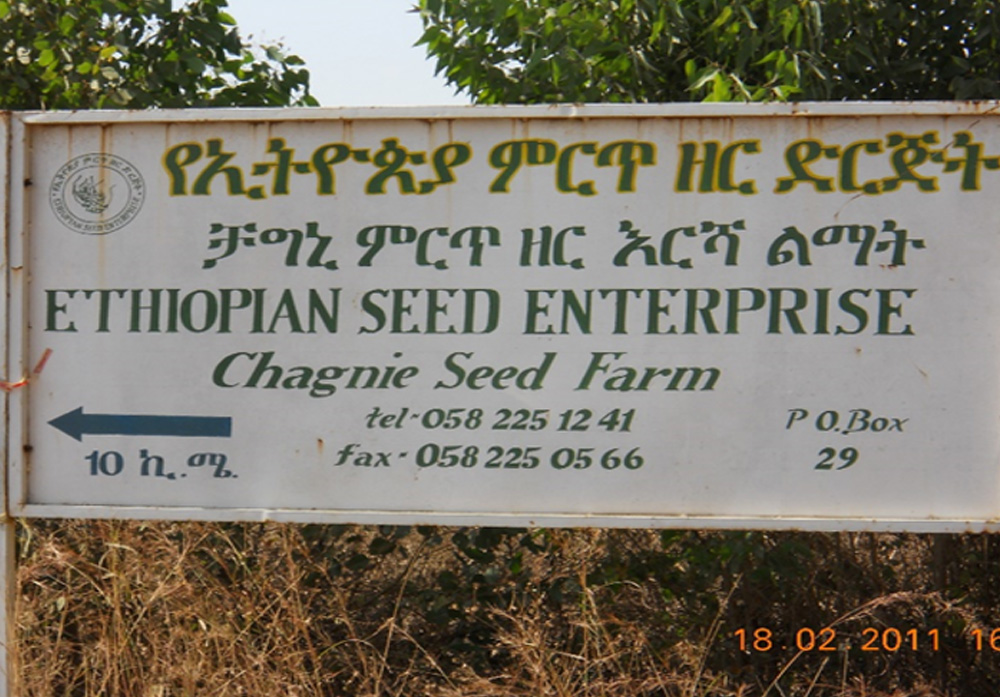
Fig- 1
I was invited to present views on Indian seeds systems success stories and its potential replication in Ethiopia. Later Book titled “The defining moments in Ethiopian seeds system” was complied incorporating the proceedings of conference in which my paper was included. Excerpts of my paper are as under.
Agriculture is a core driver of Ethiopia’s economy, supporting 85% of the population’s livelihoods and accounting for 46% of the GDP and 80% of export value.
Given the significant current and future role of the agricultural sector, a vibrant seed system that provides quality seed to meet the demands of farmers is an essential enabler to continue economic and social development of Ethiopia.
While access to and availability of seed has the potential to greatly improve smallholder productivity, there is currently a substantial gap between the country’s production of commercial seeds and farmers’ demand for, knowledge of, access to, and usage of these seeds.
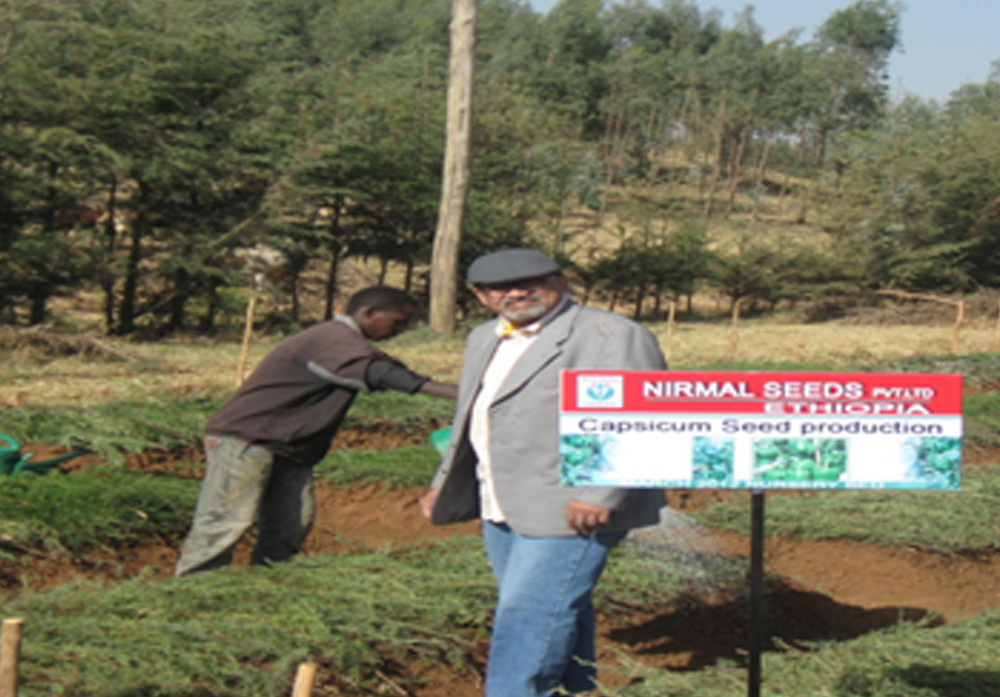
Fig- 1
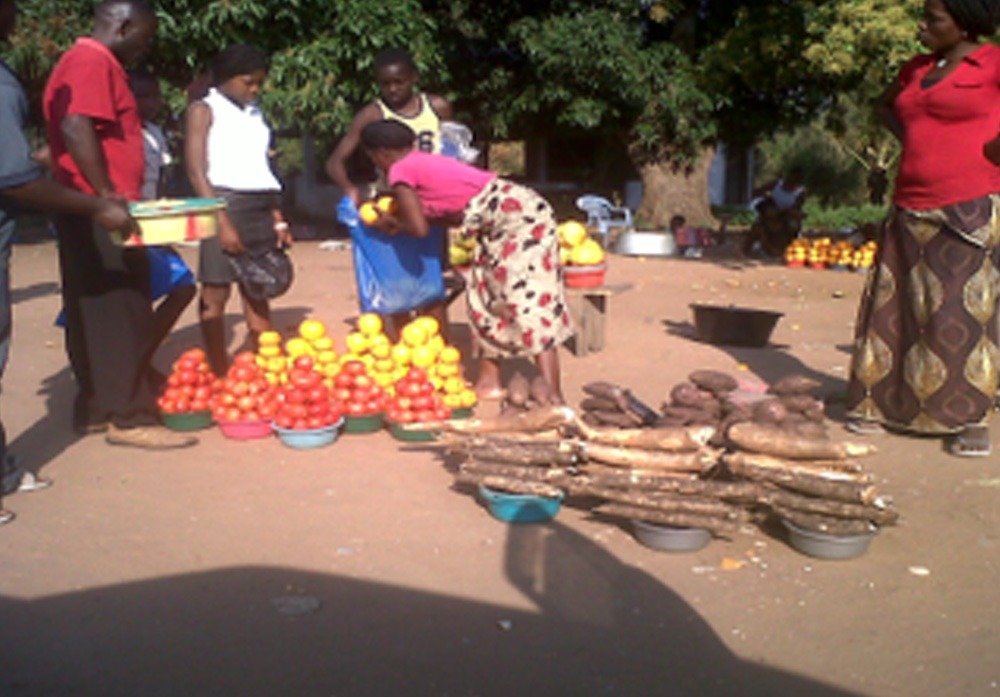
Fig- 2
Technology Could Soon- Revolutionize Agriculture In Africa
The Stakes are High.
Africa currently holds the highest prevalence of the world’s undernourished people and has among the lowest agricultural yields in the world.
The continent will double in population to hold an estimated 2.5 billion of the world’s nearly 10 billion people by 2050.
Let’s start with production. We need to shift the focus away from calories and toward improved nutrition and health. That means introducing the right practices and varieties, using conventional breeding as well as breeding for micro nutrients.
It’s also critical to understand soil health. We look for technologies that improve on-farm decision-making, interfacing with databases like the African Soil Information Service.
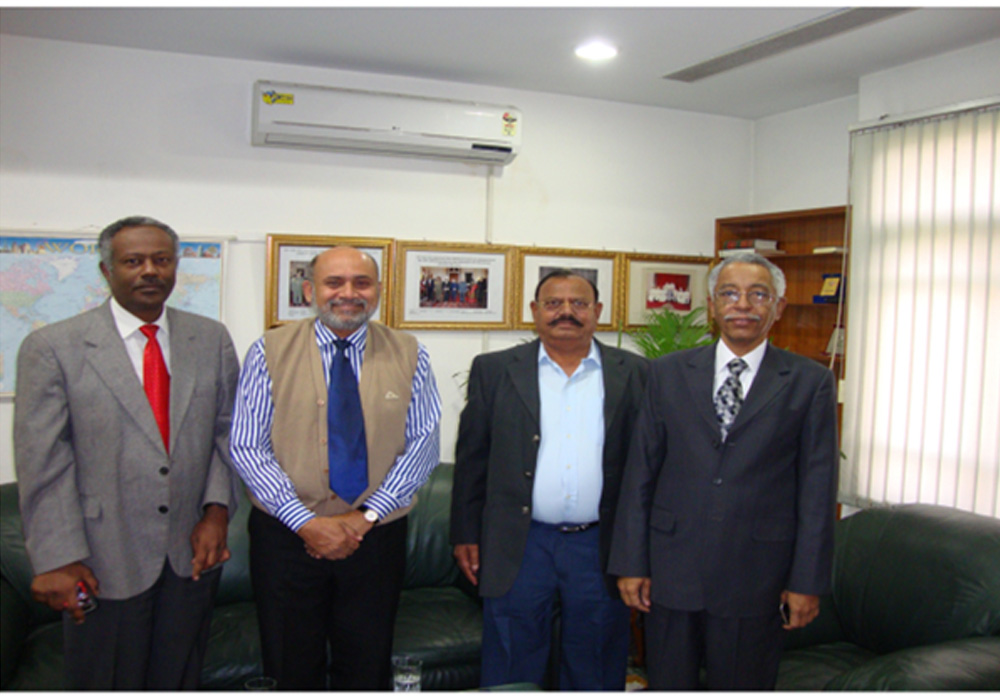
Fig- 1

Fig- 2
On the consumption side, Africa is facing the triple burden of malnutrition – chronic hunger, malnutrition and obesity.
Many talk about biofortification as a solution; that is just one of the pathways. We should be focused on technologies that can make the entire value chain nutrition sensitive, from smallholder farmers to big retailers.
If we seed the Agriculture, It will feed the Nation/Globe
Create the bridges and not the walls.

